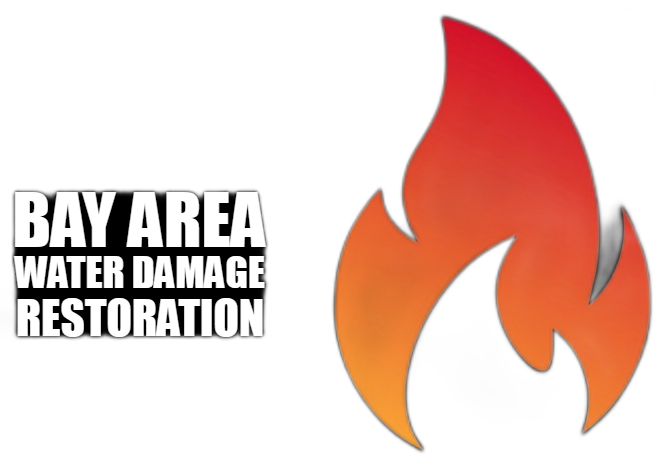Swimming pools are a fantastic addition to any home, as they provide amusement and relaxation for guests. Unfortunately, pool leaks can cause a variety of complications, such as water damage to surrounding structures, higher water bills, and environmental concerns. Discover more about pool leak detection. In this detailed tutorial, we will examine how to detect and repair pool leaks to prevent water damage, ensuring that your pool stays a valued and pleasurable asset for many years.
I. Recognizing Pool Leaks
Indicators of a Pool Leak
A pool leak may express itself in a variety of ways, some of which may not be immediately evident. Watch for these common warning signs:
Constantly falling water levels: Although some water loss due to evaporation is natural, a considerable and regular reduction in water level may suggest a leak.
Spalls or fissures in pool surfaces: Examine the inner surfaces of the pool, including the floor, walls, and surrounding area, for fractures or openings that may allow water to escape.
Wet areas surrounding the pool: Around the pool, unexplained wet spots, damp soil, or persistent puddles may indicate a leak.
Very high water costs: A sudden increase in your water bill could be an indication that you have a leak.
The Bucket Examen
The bucket test can be used to distinguish between natural water loss due to evaporation and water loss owing to a leak:
Fill a bucket with water and place it on a step or ledge in the pool, ensuring that the level of water in the bucket corresponds to the level of water in the pool. Switch off the pool’s filtration system and label both the interior and outside of the bucket with water levels. Compare water levels after 24 hours. To get more info, visit Swim Care Pool Services. If the water level in the pool has dropped much more than the water level in the bucket, a leak may exist.
II. Identifying the Pool Leak
Examine Pool Equipment
Begin by inspecting the plumbing, pump, filter, and other pool equipment for visible signs of water damage or leaks. Inspect these areas as well, as leaks can sometimes occur where pipes connect to machinery. Color Tests If you suspect there is a leak in the pool’s construction, conduct a dye test to determine its source: Pool filtration system should be turned off. A small jar should be filled with a dark food coloring, such as red or blue. Slowly release a small amount of dye into the water where you suspect there may be a leak. See the dye’s movement. The dye will be attracted to the source of the leak, allowing you to locate its precise location.
III. Restoring Watertightness
Home Repairs
Minor leaks in vinyl liners or pool plaster can frequently be repaired with do-it-yourself kits sold in pool supply stores. Often, these kits contain patching materials, adhesives, or sealants designed to remedy particular sorts of leaks. For the greatest results, be sure to follow the manufacturer’s instructions and bear in mind that do-it-yourself fixes are typically temporary solutions that require more substantial repairs or professional assistance in the long term.
Employ a Profession
For complex leaks or when the source cannot be easily detected, it is recommended to consult an expert in pool leak detection. These specialists have the required equipment and knowledge necessary to locate the source of the leak precisely and promptly. In addition, they will be able to recommend and implement the most appropriate pool repair procedures.
IV. Preventive Actions
Routine Maintenance
To reduce the likelihood of pool leaks and resulting water damage, adopt a regular maintenance schedule that includes:
Examining the inside surfaces of the pool for cracks, gaps, or other signs of deterioration. Examining the pool’s apparatus for leaks, corrosion, or damage. Keeping the right water chemistry to prevent surface and equipment damage. Periodically monitoring water levels and performing the bucket test can help detect any leaks early.
Proper Winterization
In order to minimize damage from ice and frost, winterizing your pool is essential if you reside in a location with frequent cold temperatures. Typically, this procedure involves:
Draining water from the plumbing system of the pool. Applying water-winterization chemicals. Installing a pool cover helps shield the interior of the pool from trash and weather conditions. Fixing Existing Damage Fix any damage or symptoms of wear in your pool before they result in leaks. Reduce the likelihood of future leaks by repairing cracks, replacing damaged or old equipment, and preserving the pool’s surface in good shape.
Detecting and repairing pool leaks is crucial for preventing water damage to your property, lowering your water bill, and extending the life of your pool. By remaining watchful for symptoms of leaks, performing routine maintenance, and treating problems promptly, you may extend the life of your pool. Consult a pool leak detection expert if you are uncertain about the cause of a leak or the best course of action for repair in order to protect your investment and prevent water damage. Learn more from https://www.troublefreepool.com/blog/2019/01/18/leak-detection/
